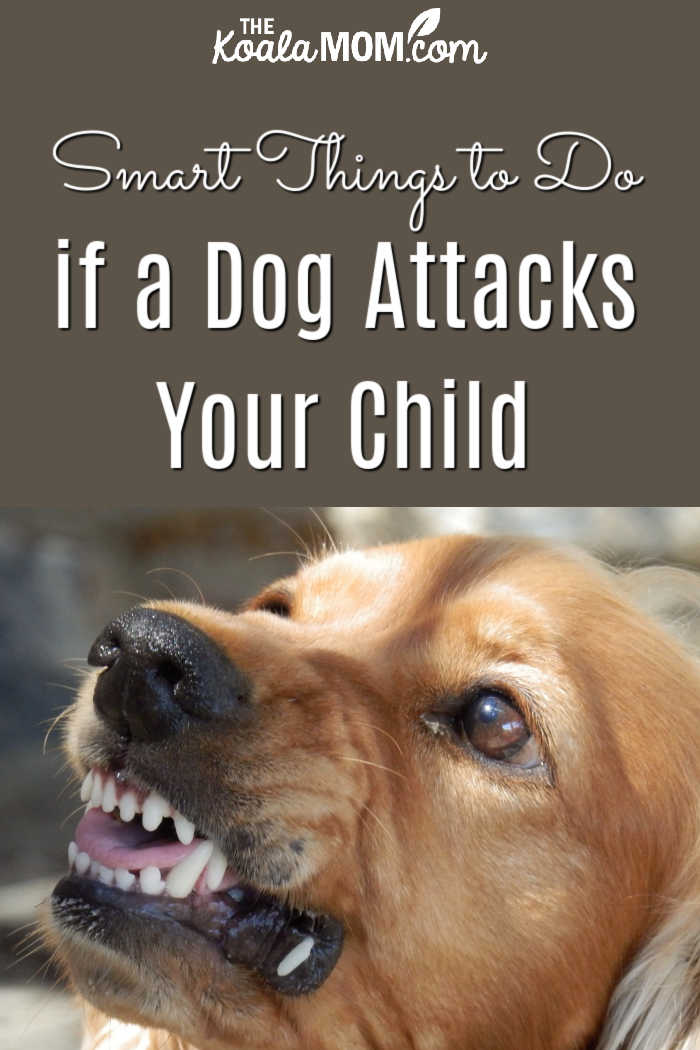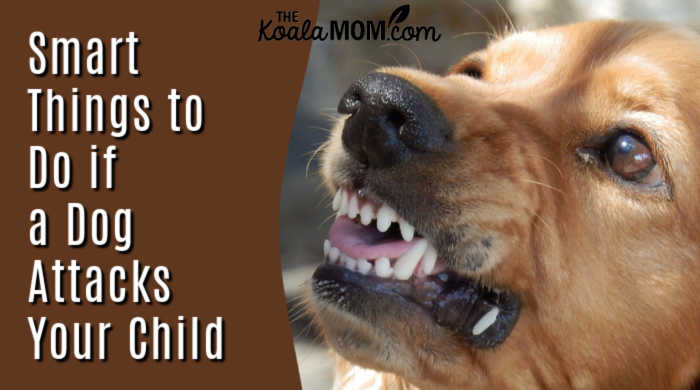Everyone loves having a furry friend in the house. Over 38% of homes have a pet dog. While dogs are cute and cuddly creatures, there are times when your pet or someone else’s might attack your child.
It’s extremely upsetting to see your child get hurt, especially if it’s by a beloved pet. A dog bite can result in major emotional and physical injuries for your child. The bite could leave lasting scars, depending on where the bite is.
This guide will talk about what to do if a dog attacks your child. We’ll also discuss why it’s important to stay in control of the situation. Partnering with an experienced lawyer can help you navigate this upsetting time.

Why Would a Dog Bite My Child?
There are countless reasons why a familiar or unfamiliar dog might bite your child. Children are smaller than adults. Their size makes them easier targets and more vulnerable to a dog attack.
Children also like to play with dogs. The dog might translate their playfulness into aggressive behavior. Additionally, children are sometimes unaware of how dangerous it is to touch or approach a dog they don’t know. They may not recognize and respond to the dog’s cues.
Dog bites tend to happen in a child’s neighborhood. It might be with a dog that they know and wouldn’t have reason to fear it. Unfortunately, any dog can turn dangerous if placed in a stressful situation.
There are owner behaviors that might increase the chance of a dog attacking someone else. These can include:
- not monitoring or supervising their dog
- failing to train their dog
- neglecting to leash their dog when around other people
- teaching their dog aggressive actions
Teaching your child how to act around dogs, even familiar ones, is just as important as being a good dog owner. There are also things you can do to diffuse the situation if a dog starts attacking your child.
For example, my children know that they need to ask the owner if they can approach or pet the dog. When we’re out hiking, my 7-year-old loves to stop and ask every dog owner, “Can I pet your dog?” Usually, the answer is yes, and the kids pet the dog and inquire about its name and age and breed. If the owner says no, I always say, “Thank you. That is why they ask.”
I always remind the kids to hold out their hand to a dog and, if the dog is a very small dog, to squat or kneel down. Often, the owner will give the kids tips about approaching their dog or warn them if their dog is likely to jump or lick. If the dog seems frightened by five children wanting to pet it, then I’ll get the kids to take turns approaching the dog. We talk about the dog’s body language and behaviour and try to make sure everyone has a good experience.
What to Do if a Dog Approaches Your Child
Dogs send out warning signs letting you know if they feel threatened. Their body language can tip you off that it might be getting ready to attack. Some red flags you should keep an eye out for include:
- stiff tail
- growling or snarling
- ears lying back
- intense stare
- visible teeth
- tense limbs or body
Any dog is capable of showing these signs, even if you’re familiar with them. A dog bite lawyer will tell you that dog attacks typically happen with dogs your child has been around before. Informing your child of these red flags and how to behave if they notice them will ensure everyone stays safe in tense situations.
Be Calm
It’s important to stay calm if you and your child are dealing with an overly aggressive dog. If you and your child run away, the dog will likely chase you. If you act like prey, the dog will treat you like it.
Tell your child to firmly and calmly stay still. Everyone around the dog needs to stay calm. If your child gets upset and starts to cry because they’re afraid, the dog might attack them.
Move Slowly
Making sudden movements like waving your arms could cause the dog to get more alarmed. The dog could become more aggressive and potentially attack you or your child.
Tell your child to curl up into a ball if the dog starts to attack them. That way your child can protect their vital organs and face.
Move slowly to your child without turning your back on the dog. Talk calmly and firmly to your child. Slowly pick up your child before turning away from the dog.
Fighting Back Is a Last Resort
If the dog starts to bite or attack you, the best course of action is to stay still. The dog will get bored if you’re not struggling.
Pick the dog up by its back legs and hold them in the air if it is attacking your child. This takes away the dog’s leverage so they can’t shake or pull your child.
You can also spray the dog with a mace or a hose. Jab your fingers into the mouth, ears, or eyes of the dog when you try to separate your child from it.
Seek Medical Treatment
Get medical attention as soon as you’ve safely retrieved your child and have moved to a safe place. Call 911 so EMS services and the police visit the scene of the attack.
There are some situations where it’s preferable to take your child to the emergency room. However, there are some benefits to having police and paramedics come to the scene. Having them visit where the attack occurred helps document the event.
Get Reports From Animal Control or the Police
Keep all the paperwork you get after your child has received medical treatment. This can include:
- police incident reports
- animal control records
- medical information
Keep everything from the day of your child’s attack. This includes the clothes they were wearing, insurance company documents, and contact information for witnesses. You’ll also want to take pictures of the scene and your child’s injuries, even if this might be upsetting.
How Can a Lawyer Help?
Dog bite laws vary from state to state. For example, in Massachusetts, the dog’s owner is held responsible for harm that the dog does to property or people. The victim doesn’t have to prove negligence by the dog owner to receive compensation.
If your child has been attacked by a dog, you have the right to file a claim to get damages from the animal’s owner. The only defense they could supply is that the victim was doing one of the following:
- trespassing on their property
- abusing, teasing, tormenting, or provoking the dog
However, if the victim is under seven years old, the dog owner is automatically liable for damages.

Get Help Fast if Your Child Was Attacked by a Dog
While we can do everything in our power to avoid dog bites, sometimes attacks happen when you least expect them. Knowing how to properly handle an aggressive dog is key to getting your child safely away from the situation. Once you’ve done that, get medical attention and contact a lawyer.
Did you find this post helpful? I have a wide selection of parenting resources on The Koala Mom. Check out my other articles today.

No Responses Yet